New astrophysical research into understanding how light is affected by the expansion of space could help in planning for interstellar exploration.
In the 1970s, NASA launched Pioneer 10 and 11 to study Jupiter and Saturn, respectively. Their progress was tracked with beams of radio waves, using the time it took for the photons to bounce back to Earth to calculate the distance and speed.
Yet both Pioneers appeared to be decelerating as they traveled, thus violating the Newtonian law of gravity.
“My study suggests that this so-called Pioneer anomaly was not anything strange,” said researcher Sergei Kopeikin at the University of Missouri in a press release.
“The confusion can be explained by the effect of the expansion of the universe on the movement of photons that make up light and radio waves.”
According to Kopeikin, the photons move faster than expected, creating the appearance of deceleration, because the universe’s constant expansion alters Earth-based observations of the photons.
“Previous research has focused on mechanical explanations for the Pioneer anomaly, such as the recoil of heat from the craft’s electrical generators pushing the craft backwards,” Kopeikin said.
“However, that only explains 15 to 20 percent of the observed deceleration, whereas it is the equation for photons that explains the remaining 80 to 85 percent.”
The expansion of space does not affect the motion of planets or electrons, but it does have an effect on the way light travels.
“Discerning the effect of the expansion of the universe on light is important to the fundamental understanding of space and time,” Kopeikin said.
“The present study is part of a larger ongoing research project that may influence the future of physics.”
Kopeikin’s research was published in Physical Review D.
The Epoch Times publishes in 35 countries and in 19 languages. Subscribe to our e-newsletter.
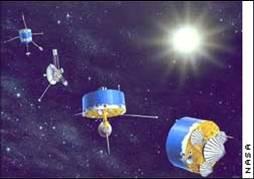
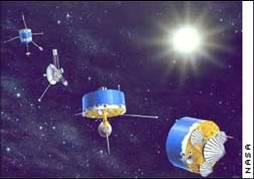
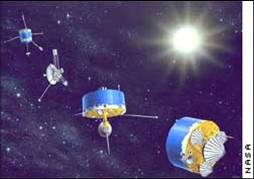
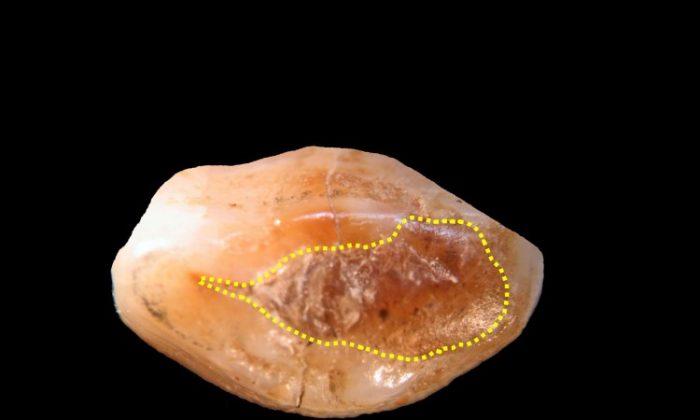

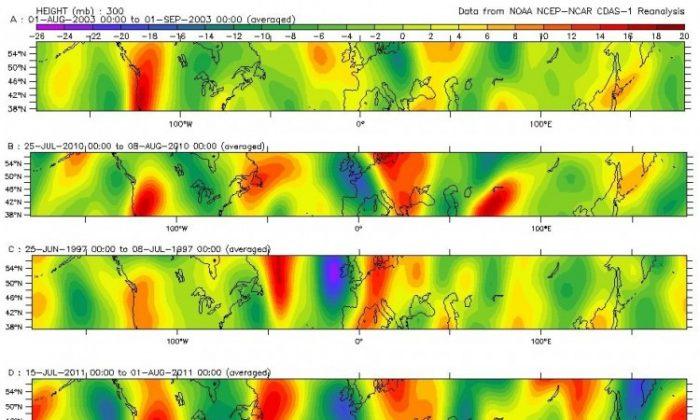
Friends Read Free